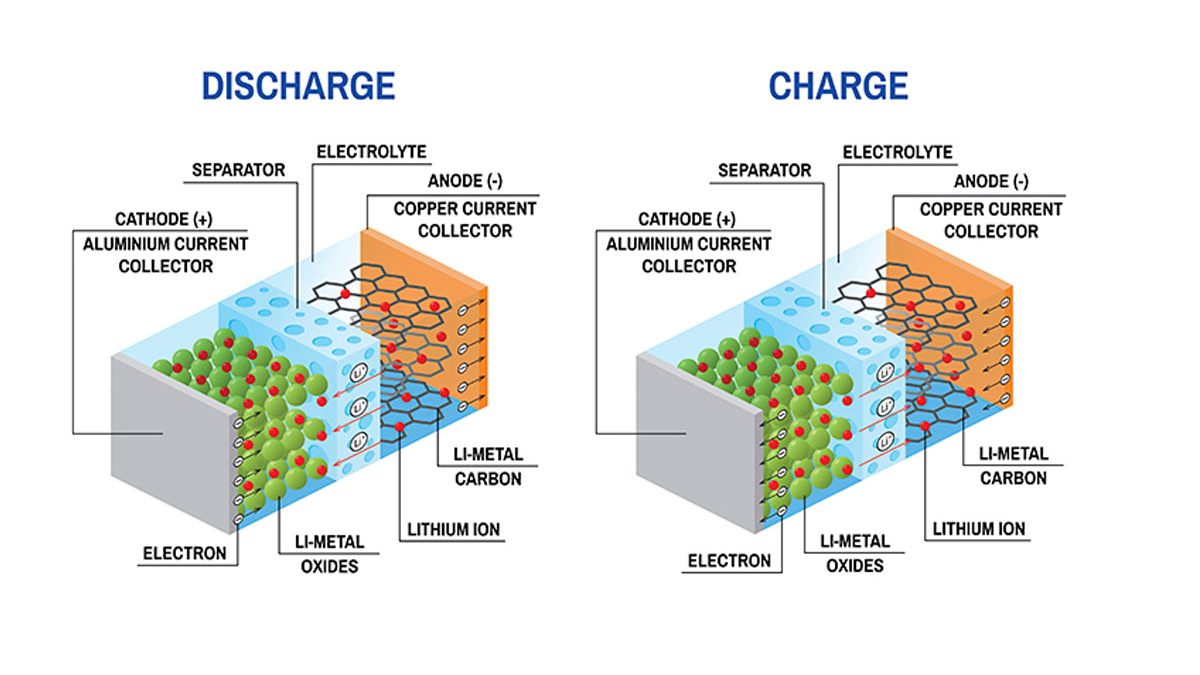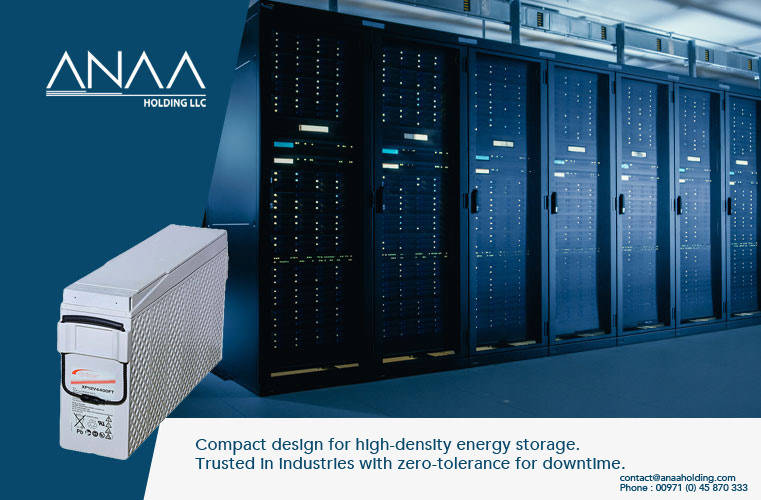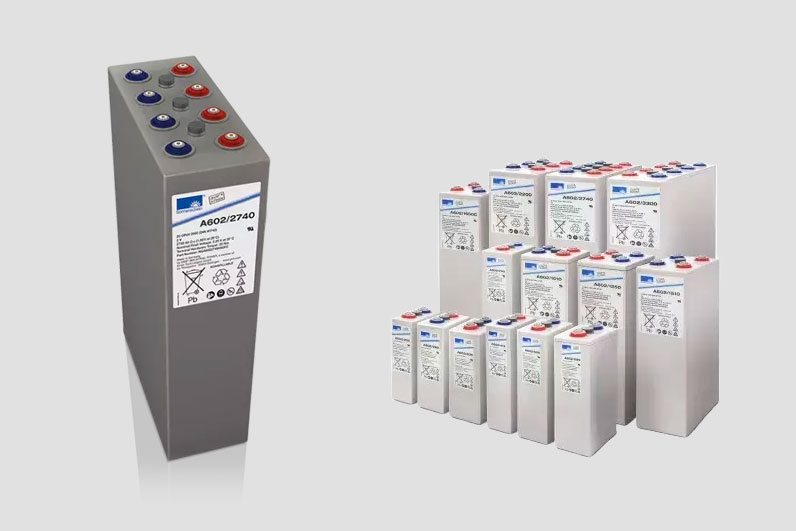
How Do Lithium-Ion Batteries Operate?
To understand how lithium-ion energy works, you first need to understand the different parts that make up the battery.
Six parts make up a lithium-ion battery; each takes an important role in the cycle of energy that takes place. The parts include:
- Anode—stores lithium and releases ions when discharging.
- Cathode—stores lithium and releases ions when charged.
- Separator—allows the lithium ion to go from the anode to the cathode and blocks the flow of electrons.
- An electrolyte is the liquid substance that transports the ions.
- Positive current collector—receives electrons during the discharging process.
- Negative current collector—receives electrons during charging.
When the battery engages, the lithium atoms in the anode are ionized. This process causes them to separate from their electrons and move from the anode to the cathode. They travel in electrolytes and pass through the separator.
This movement causes the formation of free electrons, which then creates a charge in the positive current collector. The charge is then sent to whatever energy source it’s powering — laptops, cars, or trucks.
The electrons are then sent to the negative current collector. Check out this resource for a helpful animation that demonstrates how the lithium-ion battery works.




